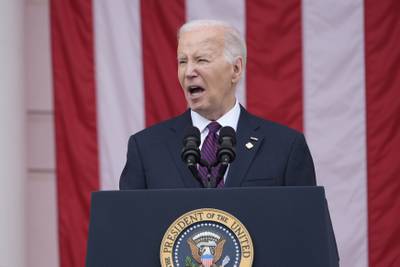In 1785, poet William Cowper wrote, “Variety is the very spice of life, that gives it all its flavor.”
But if variety is missile fuel and life is hot pot, perhaps bland is better. At least, that’s what members of China’s air force may feel after reportedly cooking meals using missile fuel bricks.
One former People’s Liberation Army member who defected and escaped to the United States claimed that corruption in the leadership ranks led to meals cooked over missile fuel, according to a Radio Free Asia report.
Navy Lt. Col. Yao Cheng, a former staff officer of the Chinese People’s Liberation Army Air Force — he fled to the U.S. in 2016 — reportedly witnessed troops burning “missile fuel to make hotpot,” a dish that typically involves a pot of hot soup stock, into which diners dip meats and other vegetables.
“When we would eat hotpot, we would take out the solid fuel in the missiles piece by piece, because there were insufficient supplies,” Yao told the publication. “I would often go along to the armory and ask them for a small round piece of solid fuel when we wanted to have hotpot.”
Cheng attributed the act to corruption and the misallocation of funds.
“Some military departments have no money, and if they need money, their chief has to allocate some from the equipment budget,” Yao said. “The equipment budget would have been sufficient, but not after being misappropriated.”
While this is simply one former officer’s personal account, Bloomberg also recently reported that U.S. intelligence confirmed that corruption within the military has prompted Chinese President Xi Jinping to carry out a “military purge.” The publication added that an unnamed source confirmed that these circumstances may ultimately prevent the Chinese military from engaging in widespread conflict.
Reuters also reported on Dec. 30 that the purge included removing nine top military officials, almost entirely from the PLA’s Rocket Force, which handles nuclear missiles.
Sarah Sicard is a Senior Editor with Military Times. She previously served as the Digitial Editor of Military Times and the Army Times Editor. Other work can be found at National Defense Magazine, Task & Purpose, and Defense News.
In Other News



